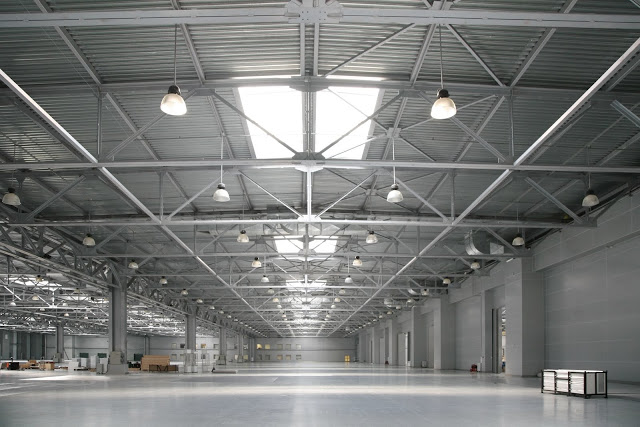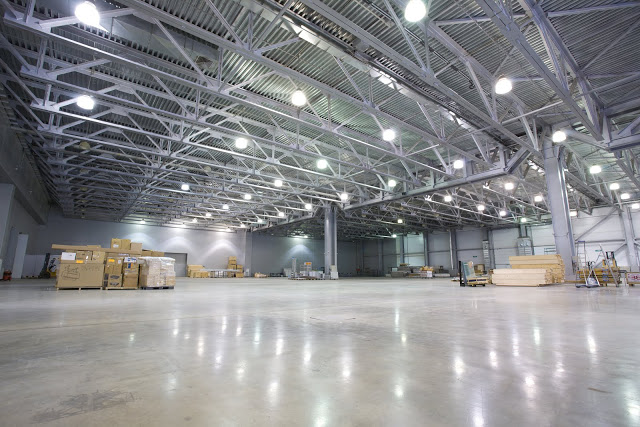Low Bay Lighting Vs. High Bay Lighting
Dec 27, 2017In warehouses, factories and manufacturing facilities, bay lighting is usually the lighting of choice when it comes to spaces with 10 ft. tall ceilings. But the exact height of the ceiling could be the difference between whether high bay lighting or low bay lighting are needed. Read on to learn the differences between the two and what would be the best choice for your space.

High Bay Lighting
In most instances, high bay lighting is used for ceilings that are 20’ and 40’+ tall. Usually, they will have lens angles for the LED bulbs, which then spreads the light. High bay light fixtures can come in several types of light sources – traditionally, they were found in metal halide or high pressure sodium technologies, most have upgraded to more efficient technologies such as LED lighting.
Low Bay Lighting
Ceilings that are between the heights of 12’ and 20’ will usually use low bay lighting. Lens angles are also used to further spread the lighting. By using these lens angles to direct the lighting in specific places, sometimes less low bay lights are needed.
One of the main differences between the two, besides height requirements, is that the bulb intensity and lumen output will vary. Obviously, the low bay lights will have a very high bulb intensity, as high bay lights have more room for the light to defuse before reaching the ground.
LED bay lighting is the most energy-efficient option on the market. Specifically designed for larger spaces, these improve visibility and worker safety. LED bay fixtures are instant on and don’t lose life hours from constant on-off cycles like HID and fluorescent fixtures do. Therefore, they don’t need to be replaced as often, which cuts maintenance and replacement costs.


